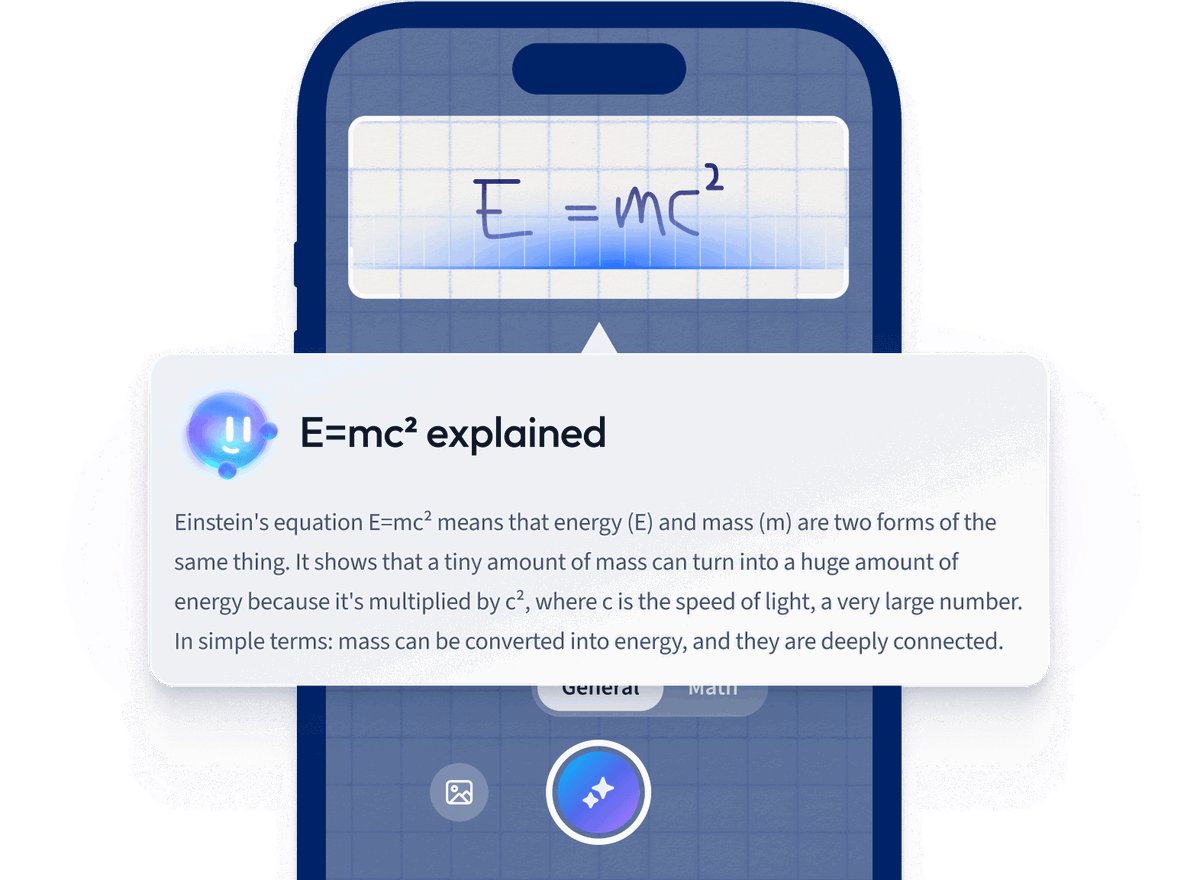How is genomic technology used to identify suspects in forensic investigations?
Genomic technology identifies suspects by analyzing DNA samples from crime scenes and comparing them with DNA profiles in databases. This process involves sequencing specific genetic markers to establish a match or exclusion. It enhances accuracy in linking individuals to evidence, thereby assisting law enforcement in solving crimes.
What are the ethical concerns associated with using genomic technology in forensic investigations?
Ethical concerns include privacy violations, potential misuse of genetic information, issues related to consent, and risk of discrimination. There is also concern about the accuracy and integrity of DNA databases and the potential for wrongful convictions or targeting of specific populations.
What are the limitations of using genomic technology in forensic investigations?
Genomic technology's limitations in forensic investigations include potential privacy concerns, the risk of contamination or sample degradation, difficulties in interpreting mixed DNA samples, and the possibility of misidentification due to incomplete databases or human error. Additionally, cost and resource requirements can be significant barriers for some jurisdictions.
What is the accuracy of genomic technology in forensic investigations?
Genomic technology in forensic investigations is highly accurate, often identifying individuals with probabilities exceeding 99.99% when good-quality DNA samples are available. However, accuracy can be affected by sample degradation, contamination, and the number of genetic markers analyzed, with reduced precision in such cases.
How does genomic technology help in solving cold cases in forensic investigations?
Genomic technology helps solve cold cases by allowing investigators to analyze DNA evidence that may not have been previously detectable. It enables the creation of DNA profiles, which can be compared to databases to identify suspects or relatives, providing crucial breakthroughs in otherwise unsolvable cases.










